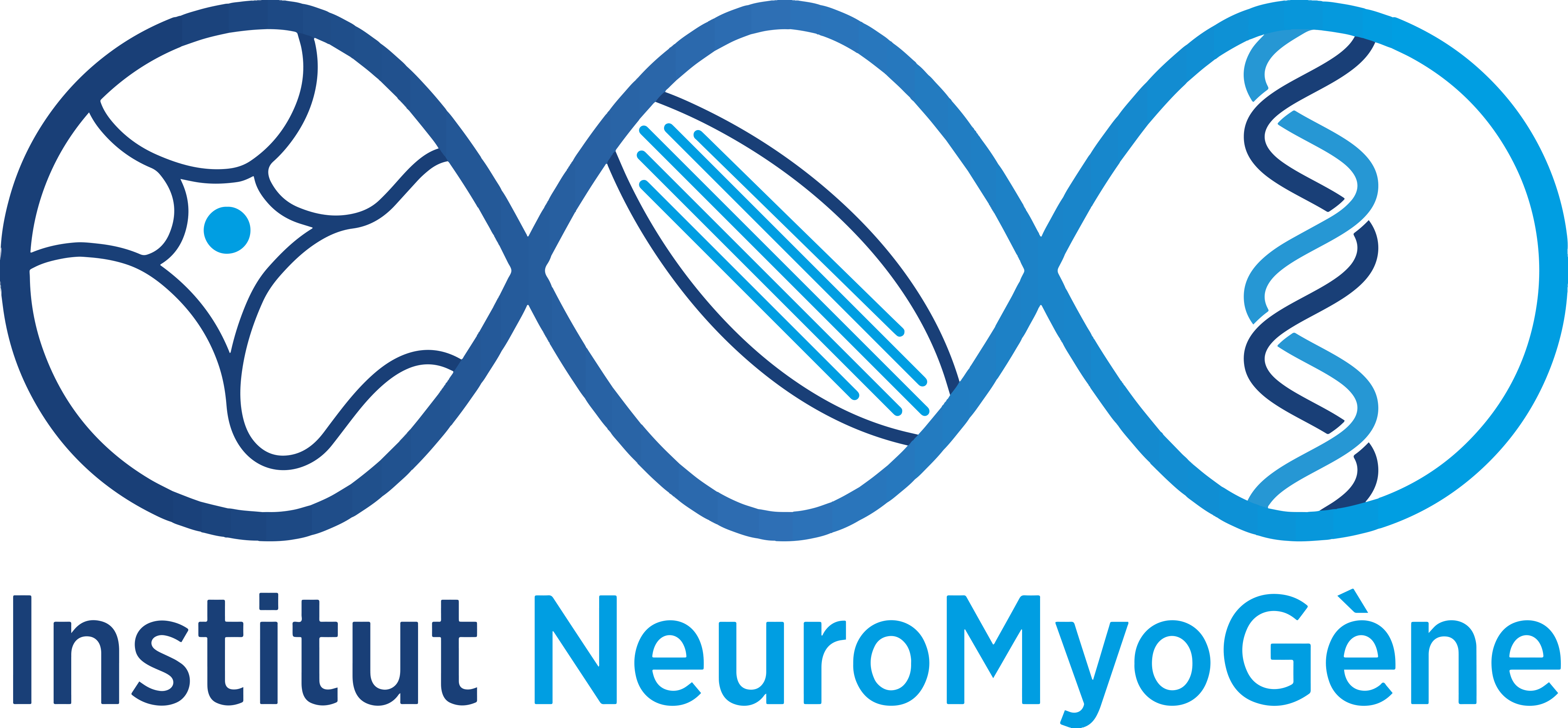
Nicolas Chatron (Courchet team) will defend his PhD thesis on December 20th at 2pm, Salle des Thèses (Rockefeller campus).
Title: Complex chromosomal rearrangement: from precise molecular characterization to functional consequences
Human cytogenetics is a discipline aimed at studying the structure and function of the chromosomes of our species. In the early 2010’s, genome sequencing revealed chromosomal rearrangements of as yet unknown complexity, termed chromoanagenesis. While a significant proportion of tumour genomes present such anomalies, descriptions of constitutional cases are rare and the underlying mechanisms poorly understood. We report here the genome sequencing of 20 new cases of constitutional chromoanagenesis (6 balanced and 14 unbalanced), constituting the largest cohort to date. In several patients, loci of less than one kilobase appear several times in the reshuffled chromosome in what we call a “hub”. The analysis of the distribution of breakpoints of these chromoanagenesis and those in the literature showed that late chromatin replication was the main “risk factor” for chromosomal breakage. This result provides an orthogonal demonstration of the premature condensation of a chromosome hypothesis at the origin of these rearrangements and shows for the first time a common origin of constitutional and tumoral chromoanagenesis. At the same time, breakpoint distribution of simple rearrangements appears to be biased towards the center of the nucleus, opening up important avenues of research. To better understand the consequences of these complex reshuffles on the functioning of the genome, we studied the transcriptome of the 6 balanced chromoanagenesis. We have not detected any massive deregulation of the genome. Even locally, near the breakpoints, there does not appear to be any deregulation of gene expression, again raising important questions about the mechanisms of “resistance” to structural variants.
The detection of chromosomal rearrangements is (almost) no longer limited by technology (short-read , long-read, linked-read sequencing, optical mapping). Understanding the mechanisms at their origin, knowledge of their pathogenicity and more generally the mastering of genome biology are the new limits to the genotype/phenotype correlation. By studying chromoanagenesis, an exceptional fusion transcript in a hemophiliac patient and describing poorly known transposable elements (retrocopies) we are bringing important new information to the field.

